1921 (Taisho 10) Saturday, November 26 The statesman Ito Tomoya died. He died early at the age of 48.
On April 10, 1873, Tomoya Ito was born as the first son of Seiki Ito, a well-known local physician in Sakata City, Yamagata Prefecture. His father, Kiyomoto ITO, was originally the third son of Mondo SUWA, a feudal retainer of Sendai Domain, but he studied Western studies in Edo, studied medicine under “Ito Genboku” and “Ito Bokusai,” who were famous disciples of Siebold, and was adopted by Hokusai ITO after he moved to Tsuruoka and opened a business there in 1868.
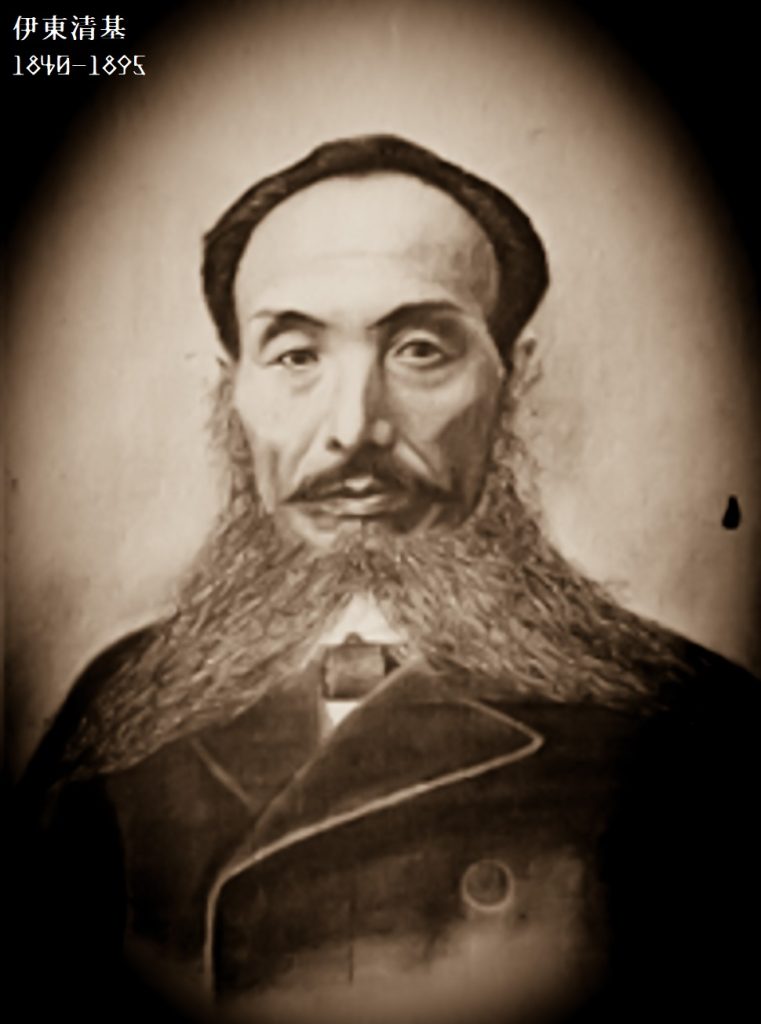
At that time, cholera was frequently prevalent and caused many deaths, but when a cholera outbreak occurred in Sakata City and “Akum 12 igun” in 1879, which resulted in 273 deaths, Hibyoin (an isolation hospital for infectious diseases) was built on the Ohama coast in Sakata City, and Kiyomoto ITO became the first director.
Cholera spread widely in Sakata in 1895 (Meiji 28), but Kiyomoto ITO himself was infected with cholera and died on October 3 of the same year. He died at the age of 56. It is said that many citizens rushed to the funeral held at Kaian-ji Temple, an ancient temple in Aioi-cho, Sakata City. The family estate was inherited by his 22 year-old eldest son, Tomoya Ito.
After graduating from Tokyo Senmon Gakko (Waseda University), Tomoya Ito mastered Chinese and Russian at the Rosei School in Sapporo. Later, he became a reporter for “Nihon oyobi Nihonjin” (Japan and the Japanese), a magazine presided over by Setsurei MIYAKE. The magazine was first published in 40 1907 as a successor to the Nihon Shinbun by Katsunan KUGA and the political commentator Nihonjin. In addition to Setsurei MIYAKE, the chief editor, Shigetaka SHIGA and Jugo SUGIURA took the lead in advocating the nationalistic position.
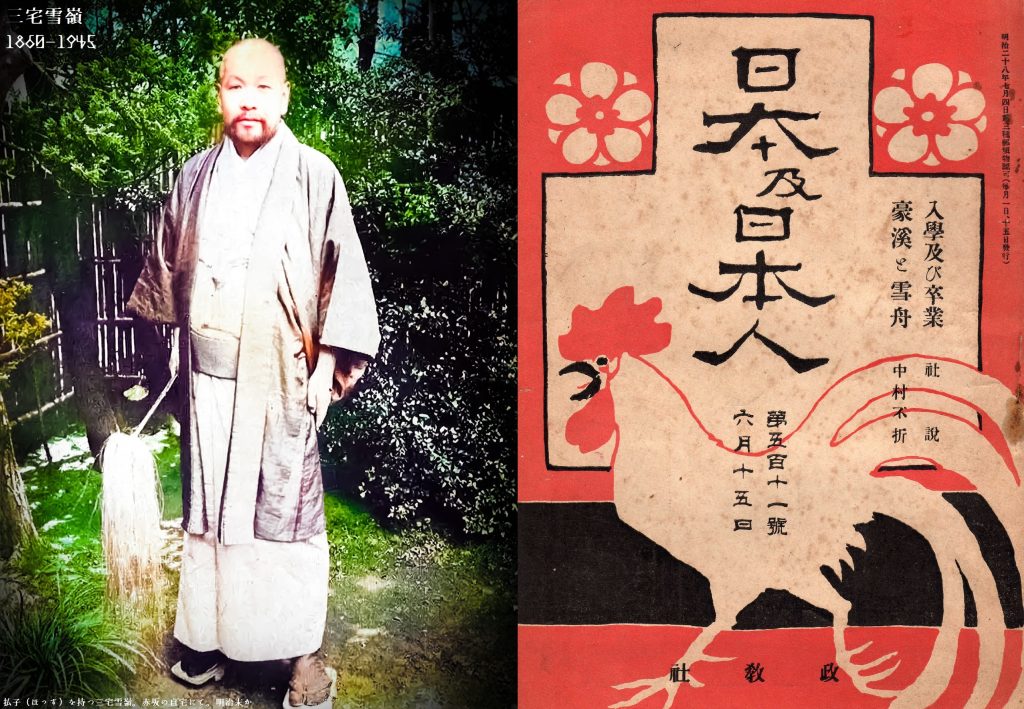
From this connection, Tomoya Ito sympathized with the nationalistic thought and started to act together with Tsuyoshi INUKAI, Jugo SUGIURA and Mitsuru TOYAMA. At the memorial service for 20 years after the death of Genyosha political activist (terrorist) Tsuneki Kurushima held at Zenshoan in Yanaka, Tokyo on October 18, 1909 (Meiji 42), he attended on behalf of Shigenobu Okuma, the victim of terrorism, and read his message for him. Huang Xing and Song Kyo-in, who were active in the Xinhai Revolution two years later, also attended the event.
On June 4, 44 1911, ultranationalist groups formed a civilian military study group. Chairperson is Chiyoo YAMASHITA, a former member of the House of Representatives. Tomoya Ito is the organizer here. Other members of the council were Nagatomo Kayano, Kaneaki Hayashi, Unpei Ogawa (a scholar of Chinese studies), Kazuo Furushima (later a political leader), Yutaro Aochi (a bronze statue in front of Fujieda Station), Yasugoro Sasaki (Mongol King) and Hiroyuki Tanaka (Ronin-kai).
In the Xinhai Revolution that began on October 10, 1911 (Meiji 44), Japanese nationalists such as Mitsuru TOYAMA and Yohei UCHIDA consistently supported the revolutionaries. The following year, Yuan Shikai replaced Sun Yat-sen as interim president, and even after the situation changed, he tried to back up the revolutionaries. Tomoya Ito gave an opening speech at a meeting of the Ronin-kai (masterless samurai association) that resolved to support the revolution at Matsumotoro on March 10, 1912 (Meiji 45).
Then, from April to May 1912, 45 he ran for the election of the 11 th House of Representatives from the Rikken Kokumin-to Party (Rikken Kokumin-to Party) in the rural constituency of Yamagata Prefecture. At that time, the election was based on a large constituency system, and in this constituency, three people from the Kuomintang and four people from the Seiyukai ran against the fixed number of people. Famous journalists such as Setsurei Miyake, Kazan Chihara, and Narika Kuroiwa (Shuroku) went to Shonai to support Ito’s election campaign, and it was a great success. As a result of these campaigns, he won the top election in this constituency.
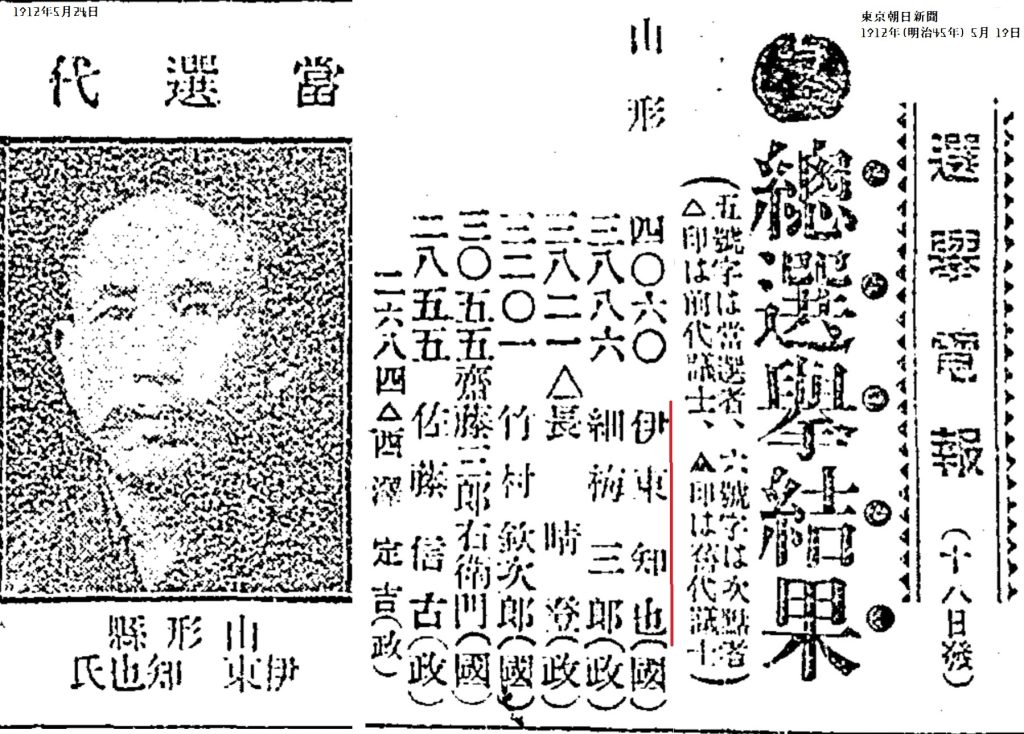
Within the Rikken Kokumin-to Party, Tomoya Ito quickly gained media attention as a good speaker and made headlines with several reports. In December 1913, on the way back from the funeral of Saburoemon Saito, a senior member of the Kuomintang Party who was elected from the same constituency, he went down from Mogami River by steamboat and tried to disembark at the Kiyokawa wharf where he was going to stay, but he slipped and fell into the frigid rapids in his frock coat and boots, and he almost died.
On January 21 of the following year, 1914, the 31 th Imperial Diet session began with a policy speech by Prime Minister Yamamoto Gonbei, and on the same day, a Reuters foreign cable from Berlin reported that bribery of a Japanese naval officer was discovered in the trial of Carl Richter, a former employee of Siemens (the Siemens Incident). In the House of Representatives on February 10, the three opposition parties, the Constitutional Doshikai, the Constitutional Nationalist Party, and the Chuseikai, proposed a resolution to impeach the Cabinet, but it was rejected by 164 to 205, and Tomoya ITO was carried into the waiting room with a faint excitement.
On this day, the National Congress for the Impeachment of the Cabinet was held in Hibiya Park, and an excited crowd surrounded the Diet Building and tried to break into the premises, leading not only the police but also the military to suppress it. It is said that some of the policemen drew their swords and slashed the people and reporters who rushed in. It can be said that the atmosphere of Ito being excited and fainting in the chamber surrounded the outside of the Diet. The cabinet of Gonbei Yamamoto resigned en masse on March 24.
On January 21, 1919 (1919), the General Election Association was reestablished, and following the excitement of the speech meeting at the Kanda Youth Center on February 9, a large-scale demonstration was held with 10,000 people announced by the organizers on March 1. In this situation, Tomoya Ito advocated a radical pursuit of universal suffrage within the Kuomintang. After the intraparty conflict, on March 12, in addition to Ito, seven other people including Bonpei Yuasa, Takuo Kamiya, Takashi Ohori, Koichiro Muramatsu, Masamichi Takamatsu and Yasugoro Sasaki were expelled. These seven people set up the Pure National Party.
In the 14 Lower House election on May 10 of the following year (1920), the constituency system was changed from a large constituency to a single-seat constituency, which was extremely disadvantageous to minor parties. Kazuya Ito tried to run with Sakata as his base, but he couldn’t. It seems that he was suffering from a disease at that time.
On November 4 of the same year, at 6:00 PM in Tsukiji Seiyoken, the opposition parties united to launch the “Alliance for Political Innovation and Universal Suffrage,” which aims to realize universal suffrage. Attendees included Tokitoshi Taketomi, Saburo Shimada and Yukio Ozaki from the Kenseikai, Tsuyoshi INUKAI, Kunimatsu Hamada and Naohiko Seki from the Kokumin Party, and Kametaro Hayashida, Masayoshi Oshikawa and Kimihira Matsumoto from the Independent Party. About 150 people gathered in total.
At the meeting, independent Kimihira Matsumoto explained the circumstances leading up to the founding of the organization on behalf of the founders, recommended Naohiko Seki of the Kuomintang as the chairman, and discussed the draft declaration platform. Until now, the proceedings had been scheduled, but suddenly Kazuya Ito spoke from the floor with a loud voice saying, “Commander!” and surprised everyone gathered by insisting that the participants should either leave the party to participate or the two opposition parties should dissolve the party if they really intend to win the general election.
In response to this question, Kunpei Matsumoto explains that the manifesto aims to improve the current political party by upholding its ideals, but Kazuya Ito says the party should be disbanded and a new organization formed to set an example of party reshuffling for the world. KMT leader Tsuyoshi INUKAI is said to have had a temper tantrum.
Kazuya Ito died at the age of 48 on November 26, 10 1921, a full year after that day. His funeral was held on November 30 at Seisho Temple on Mt. Mannen in Atago. Mitsuru Toyama (Genyosha), Naniwa Kawashima (Tairiku Ronin), Ryohei Uchida (Kokuryukai), and Kameroku Inoue (Seikyo-sha) were listed as the representative of friends.
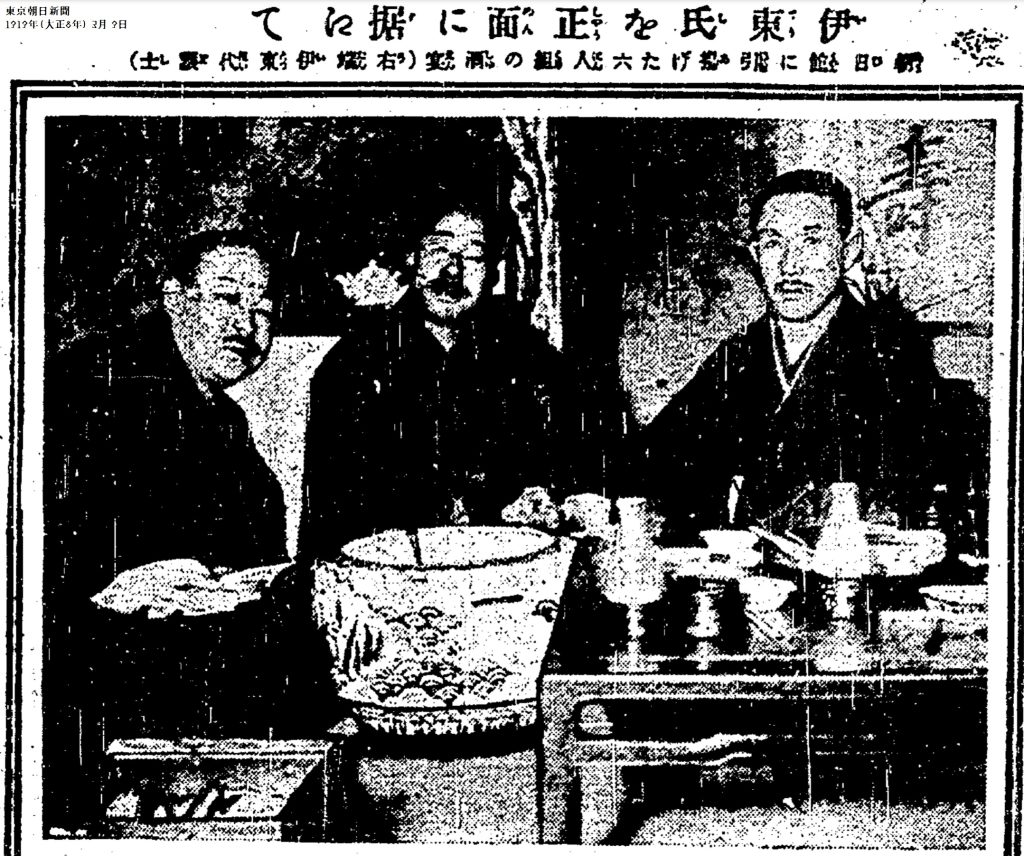

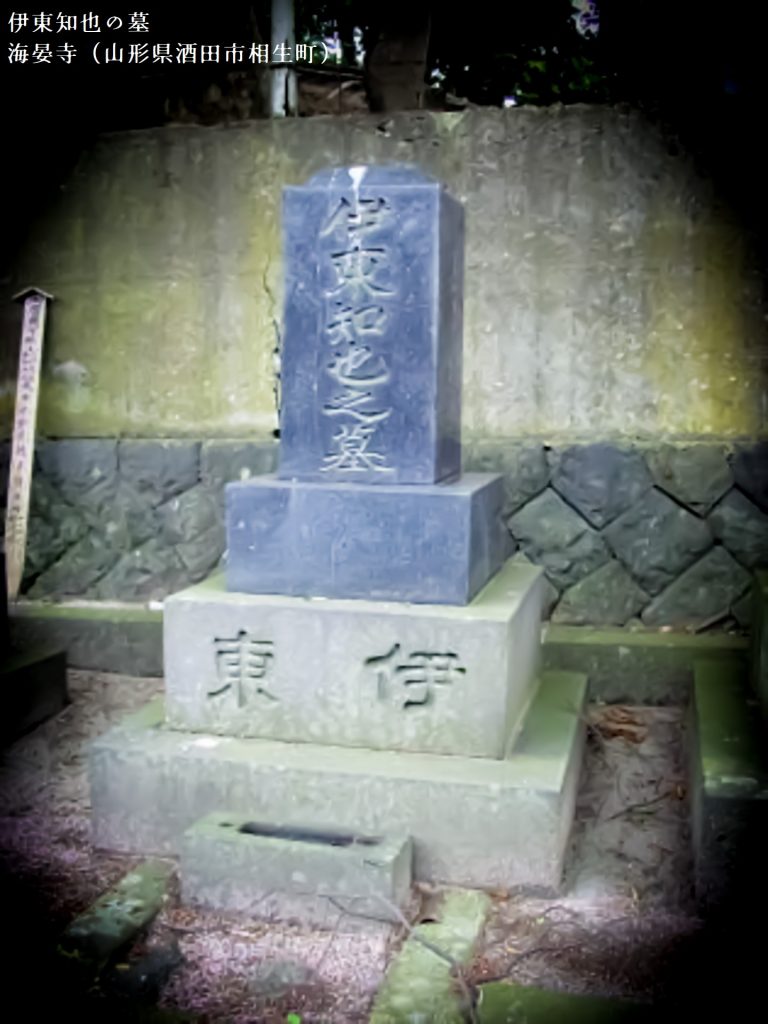

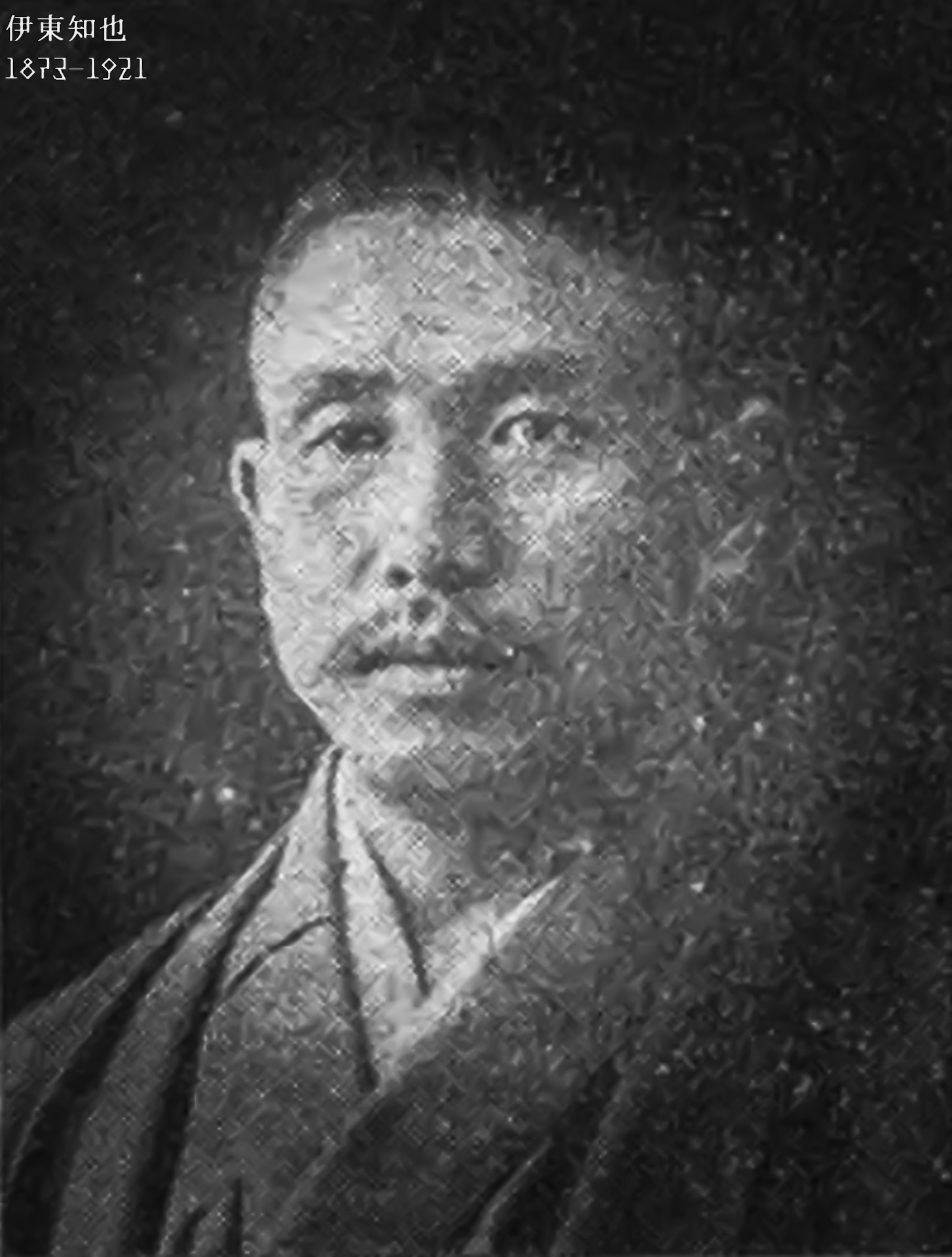
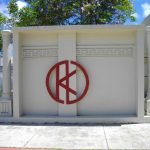
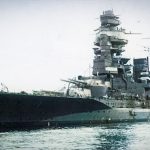
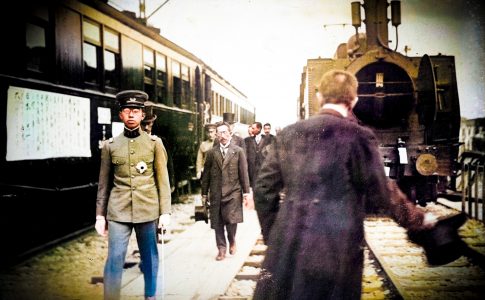
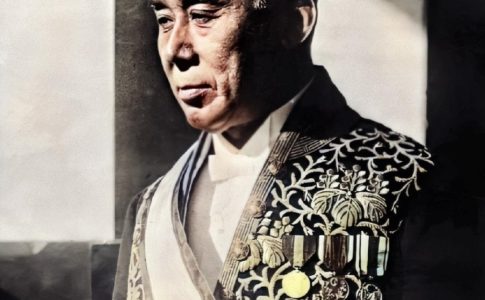
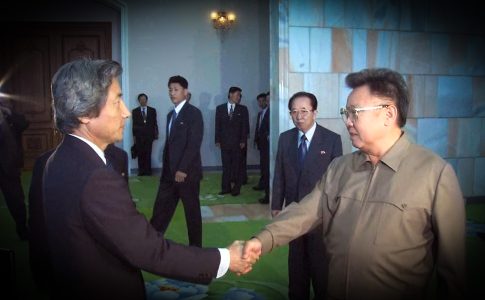
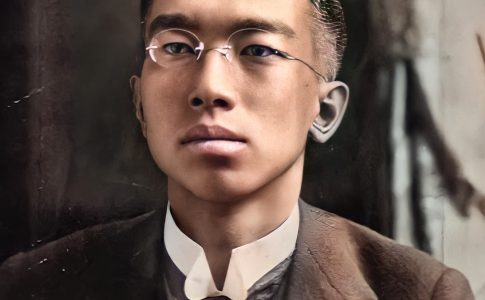
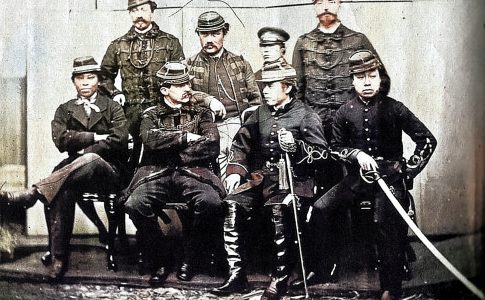
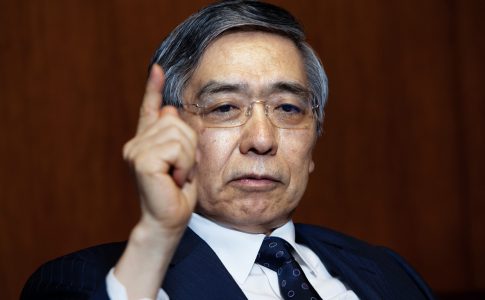
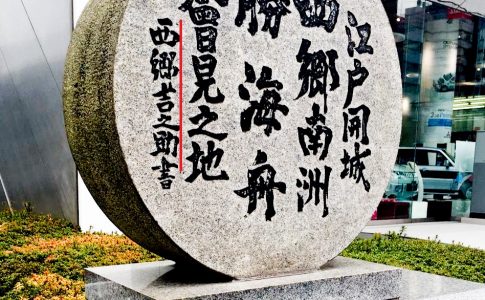
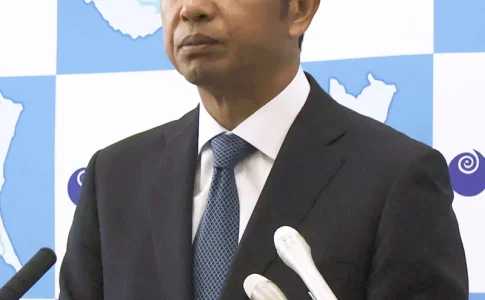
Leave a Reply